Critique lessons
Hi everyone, I have been off the sub for a week now, but I'll be getting back to it in not too long.
If there is an interest in the subject, I would like to give people an explanation on how to approach critiquing and receiving critique. If there is enough interest I could expand this into a lesson system.
A personal little story, I got into the sub a year ago. I had not drawn in a long time and seriously did not consider it to become such a relevant piece of myself.
I got some help, little things I could fix to improve what I had done. I kept asking questions and at some point thought, I could try and see if I can say the same to others what I see.
A year later I try and keep up with critiques every day, and if you've had my word on your post I hope it was useful in some way.
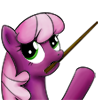
Now on to the lesson.
Starting Off
A few things you want to be careful with
I would first like to tell you a few things which are not good critique. Some of these may be incredibly obvious, some a little less.
Do not think there are better critiques by others, so you shouldn't say what you think about it. This is a big one for people. So I'll expand on this a lot. First off, this is community driven. Nobody is being paid, nobody is a professional art critic, we're all here to learn and help others if we want.
A common misconception that only the mods are good enough to critique. This is false on every level. While the mods may be around longer than you are, this does not stop anyone from giving critique. You are allowed, even encouraged to give critique. Nobody is being paid for this, nobody is getting any compensation except the interaction and possibly the joy of seeing improvement.
If a thing has been critiqued before don't hesitate to give it a look and maybe spot things the other person overlooked or hasn't covered. Pieces are more than a single element, its a harmony of various pieces.
Avoid giving non constructive criticism. While not everyone here will hang around to learn and interact with others, there is no reason to be useless and just say things like this is wrong or this looks bad. Nobody learns anything from this, this is just demotivating and will only give frustrations. This does not mean you have to give the artist an ego rub for everything he did. But be constructive, give your arguments. I'll cover more on this later.

Do not attack the artist. Unless the person has proven to be an obvious jackass or asshole who's only intend is to harm the life of others, there is no ground to judge the person on his works or reactions on it. There may be some you like less, who have snappy reactions or just reply curtly and ignore you. You don't have to respond and can just move on as soon as you like.
Now just minor things, saying its nice and stuff is great compliments, but if you want a little bit of looking into it can help you see more in your own and other's works in the future. But this isn't really a dealbreaker.
Right! long block of text, have an eating twilight.

What can you do?
The fun stuff, what you can do!
Right, refreshed? On to what you can do! I will use a very old piece of mine to explain what you can do and what you can look into.
First off, dryly listing mistakes will not be useful, we've covered that. So what can you do? Easy!
Expand and explain
This concept has been explained in the other critique lessons too, but I will cover it again.
You will notice I refer to a lot of guides. And there is a reason for that. They are useful, very useful.
The information they cover is already pre-written and complete enough most of the time. I could write it out again, but it would take a lot of time. If the information is sufficient I will give it to you to look into it if you wish.
This however is not enough! Just the guides is nice, but you'd like to know what's up with your work of art right?
Well that is where your own knowledge of the guides and previously amassed knowledge can be useful.
For the sake of it being a first lesson, I'll stick with anatomy for now. This is NOT everything in a drawing, but can give you a nice basis to start with, as it is what most new artists struggle with and is pretty basic to start with. There is of course, colour theory, composition, poses, action lines, and much more which makes a drawing. But that will be for another time.
Have three images of what I have made a long time ago, some of my first pieces I did.
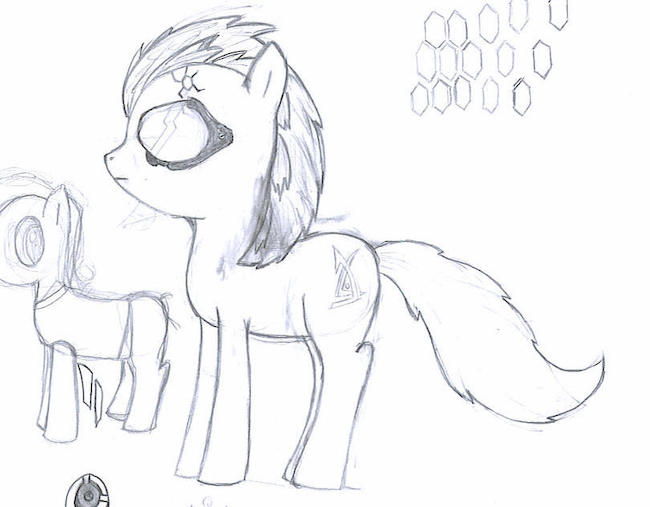
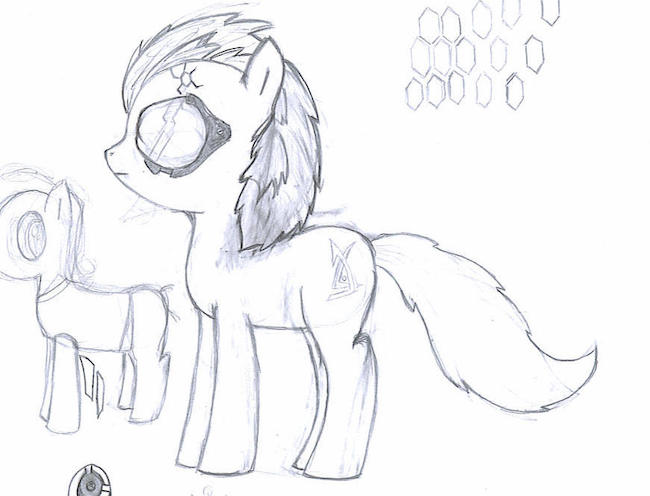
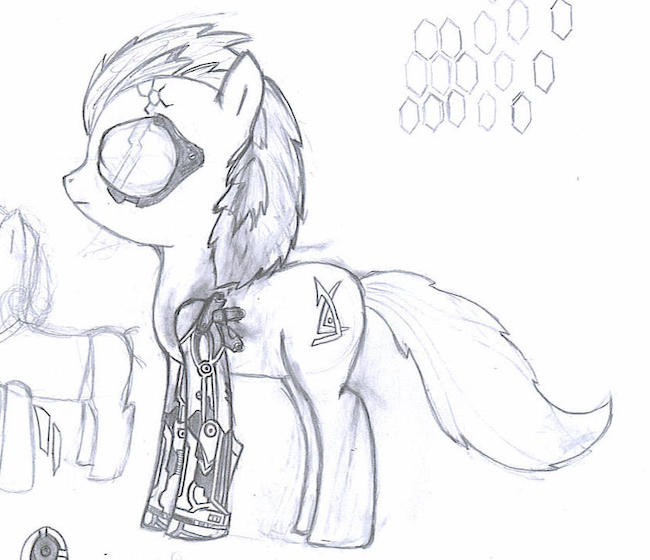
You will notice things have happened in between the three images, I changed the legs for the most, this is very visible in the back legs.
Now let's take the first image. What can you tell by looking at it, you've seen the show, you can about think how the legs look. Now what can you do? Well provided I didn't tell anything.
Using your tools
There are a few tools as a critic you can use, use these. They will save you time and effort while not degrading the help given. These are for example (There may be many more)
- Guides
- Source material (screenshots and references)
- Your own experience
A few anatomy guides might be nice to point me to for example. You can find them here. I've read a bunch of them myself, some are just things you see first and then continue using. Think of these two:
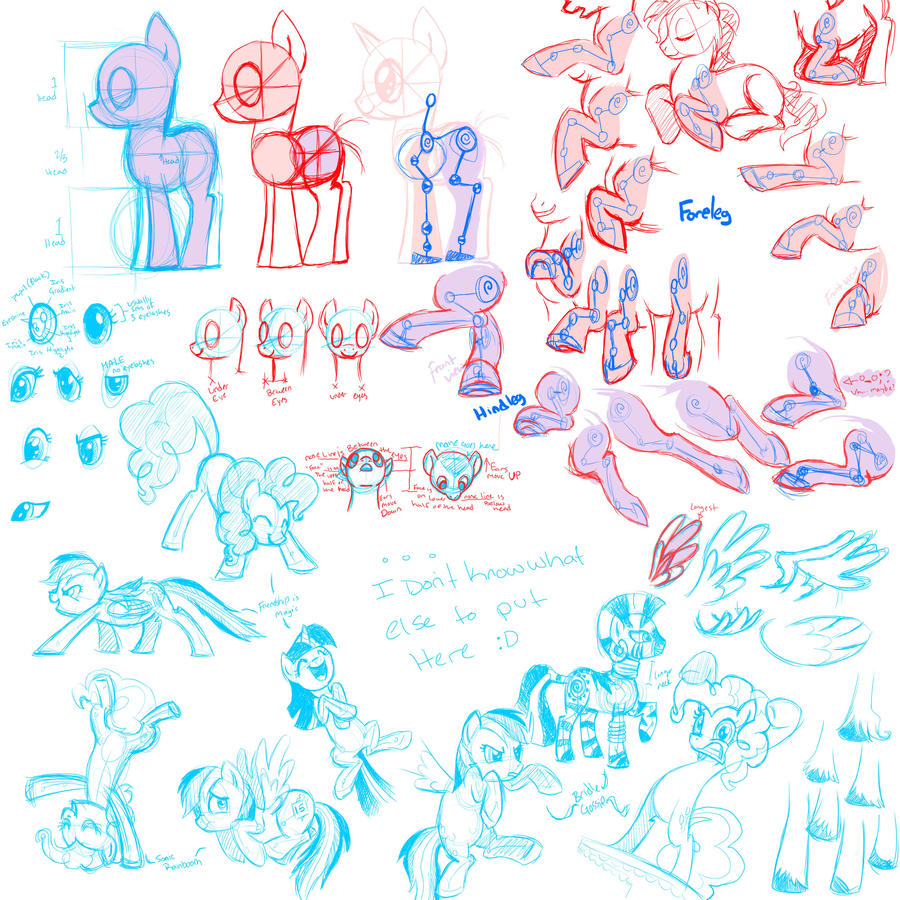
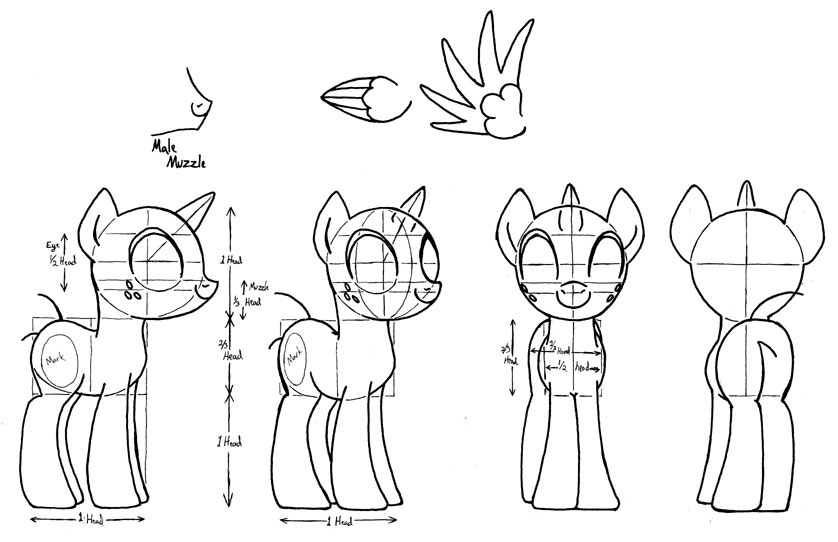
I had seen those before I got onto the sub. I got this one a while back but I think it explains this case very nicely with a little more advanced knowledge which is very useful later on.
 how devious, making them learn this way
how devious, making them learn this wayNow that you've given me something to work with, because you felt these things look odd. Those back legs are awfully spindly and skinny. You can tell me this, you mentioned this with the guides. Now the guides could give me the explanation I need to fix it and remember it next time.
Comment Example
Here's an example of a comment I'd make:
Back legs point back a bit more, I have the feeling that with how you drew them the pony looks like it's about to topple backwards. Look at screenshots of the show and the guides I gave you. Try and see if that can do something for you.
This is already much more constructive than saying: "The back legs look bad." You explained me what you saw was wrong, why it was wrong, and gave me something to work with and work on.
Many people will not come back to their old drawings, in fact it is very hard when it is inked and considered done by them. But giving them the explanation on how things usually look. Supporting your argument with what you give them. They can learn from this time, and hopefully remember it next time.
How much they do this is dependent on their drive and involvement and is out of your hands.

In short
Basically this is what a critique amounts to, and for the most this will be what will happen. Most posts I have covered are of people who put up one or two images and do not show up anymore. You can always start with this. You don't have to make huge or walls of text to help others, even small single things will be useful.
However what I did there was very specific, I noticed the leg was off and explained how to look into how legs are and behave. But you can always go into more material. Remember this guide? It covers skeletons and the bone structure of a pony. This is inherently tied into knowing how ponies behave and move around.
You now have given me something more useful than I thought I needed. I just wanted to fix the leg, but now I've learned HOW the leg actually is and behaves. By giving me those tools you have given me the possibility to learn new things and use those.
I hope this will help some people with some primer explanation on how to approach critiquing.
Remember that this is a personal approach and is IN NO WAY a template you have to follow.
TL:DR A good critique helps the artist by expanding on your points and explaining them.
A final few things.
If anyone is interested in doing a critique practice lesson in a single topic, where the whole post is dedicated to seeing how others critique on a single work and seeing if you can learn from that, I can look into doing this. I will use old and new posts of mine as things to be critiqued, unless someone wants to help too of course.
Second, if the interest is high enough, I'll expand with a few more lessons covering other things you can look at, as now I only covered anatomy, but there is so much more to art than just that.

Also point errors and things to me, I'll adjust them accordingly.